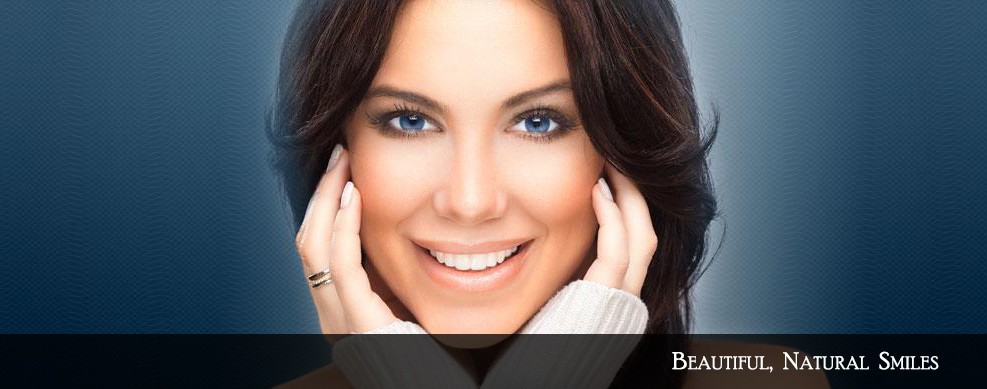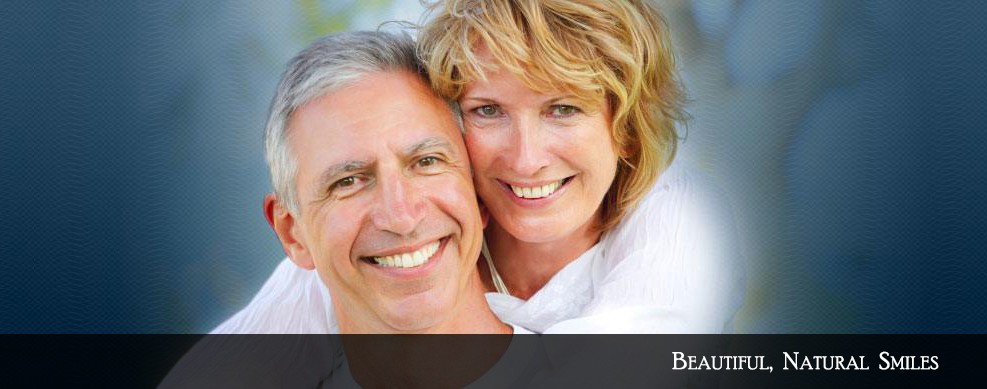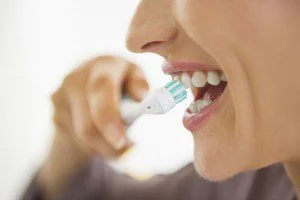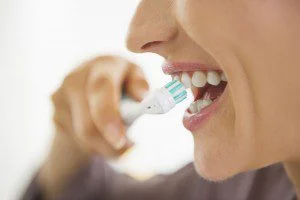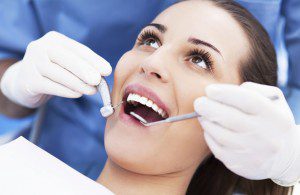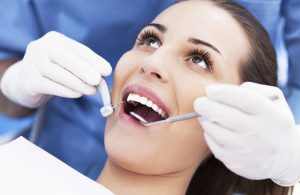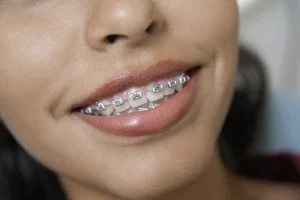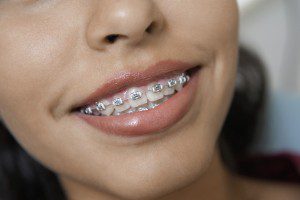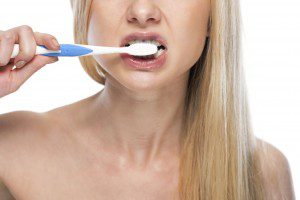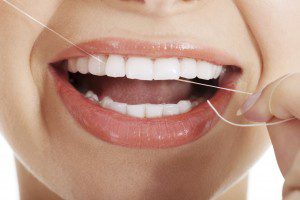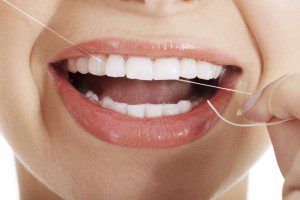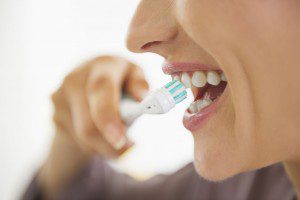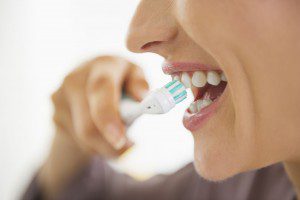 Smoking can be catastrophic to your teeth, gums and mouth. The harmful effects of smoking on respiratory and cardiac health are well known, but if you’re a smoker, we want to make sure that you’re aware that smoking can also affect your oral health. Below we describe how smoking could destroy your smile.
Smoking can be catastrophic to your teeth, gums and mouth. The harmful effects of smoking on respiratory and cardiac health are well known, but if you’re a smoker, we want to make sure that you’re aware that smoking can also affect your oral health. Below we describe how smoking could destroy your smile.
The Centers for Disease Control and Prevention found that nearly half of American adults that are 30 years old or older have gum disease. The same study reported that more than 64 percent of smokers suffered from periodontal disease, which is an inflammation of the gums that can lead to the loss of the tissues that hold your teeth in place! Suffice it to say gum disease is a common ailment for many people.
Smoking restricts the amount of blood flowing in your gums and surrounding tissues, which increases their chance of being inflamed. When you smoke, your immune system is weakened, leaving your body more vulnerable to infection. Gum disease occurs when the tissue that supports your teeth becomes infected, due to the buildup of plaque, which hardens into tartar. The National Institute of Dental and Craniofacial Research has reported that smoking is one of the most significant factors associated with the development of gum disease.
Smoking doesn’t just stain your teeth, in time it can rob you of them. The appearance of stained teeth is unpleasant enough on its own, because the nicotine and tar found in tobacco turns the teeth from their natural white to yellow and eventually to brown. Long-term smoking can even result in tooth loss. And despite what tobacco company ads may portray, having teeth is far more attractive than having a cigarette in your mouth!
Bad breath is one nasty by-product of smoking that can cause awkward implications for your social life, but the ramifications for your overall oral health can be much worse: Smoking is one of the primary causes of mouth cancer, and it can be fatal. According to the Dental Health Foundation, smoking or chewing tobacco causes between 80 to 90 percent of oral cancers. By the way, alcohol consumption increases the risk of oral cancer, and if one consumes alcohol and tobacco together, the risk is even higher.
We are sympathetic to those who struggle with an addiction to tobacco products, but please don’t sacrifice your beautiful smile to the dangers of smoking. If you quit smoking, attend your regular dental checkups and cleanings, brush twice a day, floss once a day, and eat a well-balanced diet, then you will significantly improve your chances of enjoying great oral health.
If you feel that you need to quit smoking or would like more information, contact Dr. Clive Rosenbusch, DDS at 561-394-7888 to schedule a consultation today or visitwww.cliverosenbuschdds.com.
Dr. Clive Rosenbusch proudly serves Boca Raton, Del Ray Beach, Deerfield Beach, Coral Springs, Boynton, Ft. Lauderdale and all surrounding areas.

